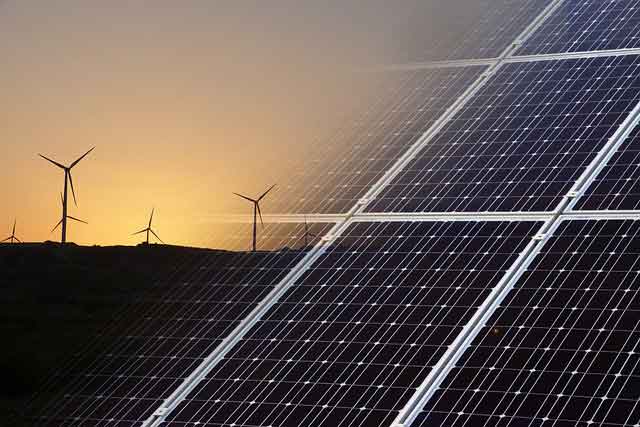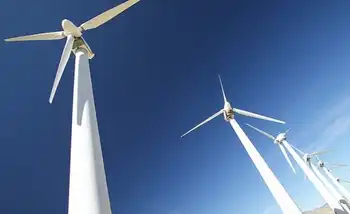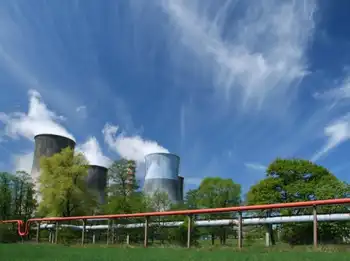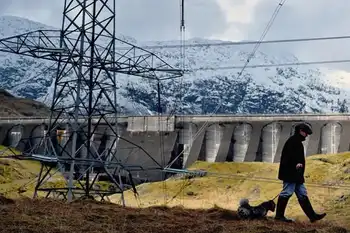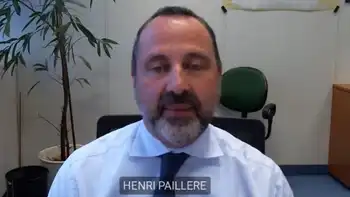Speaker pushes for zero-emission cars in the U.S.
By The Michigan Daily
Substation Relay Protection Training
Our customized live online or in‑person group training can be delivered to your staff at your location.

- Live Online
- 12 hours Instructor-led
- Group Training Available
Michael Granoff, the head of Oil Independence Policies for Better Place — an innovative new company working to integrate zero-emission cars into society — talked about the steps his company has taken to cut back on oil dependence around the globe and the need for the United States to follow its lead.
Better Place is already at work in various countries including Israel, Denmark, Australia and Canada — and regions including California and Hawaii — and hopes to extend its reach to the entire United States to make electric cars a reasonable alternative to gas-powered cars.
Granoff spoke of Better PlaceÂ’s desire to decrease worldwide oil dependence and make a shift to a more renewable, cost-effective and eco-friendly way to power cars.
“You can move the country off oil, you can really move people very quickly out of their gas cars and into electric cars at a price that is less than what we pay today that doesn’t pollute, it doesn’t emit, doesn’t cause climate change,” he said, “and can actually become an asset to making electricity renewable.”
According to a Better Place press release from December 2008, Israel, the companyÂ’s first region of interest, is in the process of being readied to take on mass ownership of electric vehicles, with charging spots in parking lots to make the use of electric cars possible for everyday use.
“The (Israeli) President (Shimon Peres) signed the bill to make Israel free from oil by January 2018, it’s the goal we’re shooting for and I think we’re on target so far to do that,” Granoff said.
Granoff also explained the importance of the expansion of the electric car industry across the United States, which would be valuable from an economic perspective by decreasing the dependency on foreign oil.
“Close to 70 percent of (America’s) oil is imported, and it goes up all the time,” he said. “Electrification is something that should be a tier-one priority for the United States.”
Concerning other environmentally friendly cars, like hybrid cars that use ethanol, Granoff pointed out the electric carÂ’s superiority in performance.
“The bottom line is that the performance on the electric car is better,” he said. “There’s more efficiency, there’s instant torque, there’s no transmission.”
LSA sophomore Daniel Neumann, a member of American Movement for Israel, one of many sponsors for the event, said he sees Better PlaceÂ’s work toward an alternative energy source for cars as the best option out there today.
“Of the different alternatives to gasoline that I’ve heard of, I think Better Place is the best in terms of having the whole system planned out,” Neumann said. “They don’t just have an idea; they have the actual, tangible system ready to be in place.”





